We've had an action-packed start to the semester but that doesn't mean we haven't had a little time to laugh and relax. We hope you enjoy this selection of our favorite camp photos from the beginning of the trip!
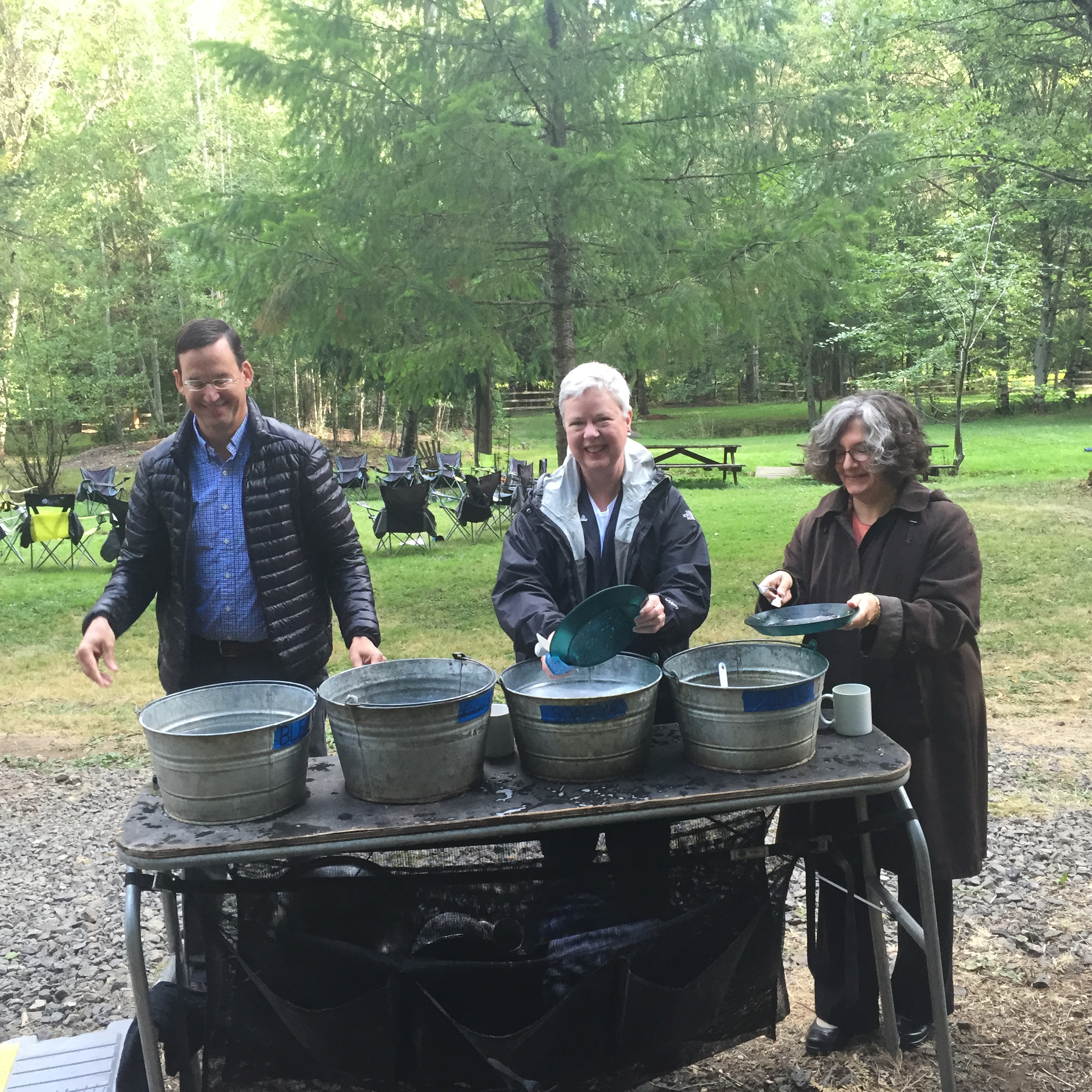
Even Presidents do their own dishes on Semester in the West
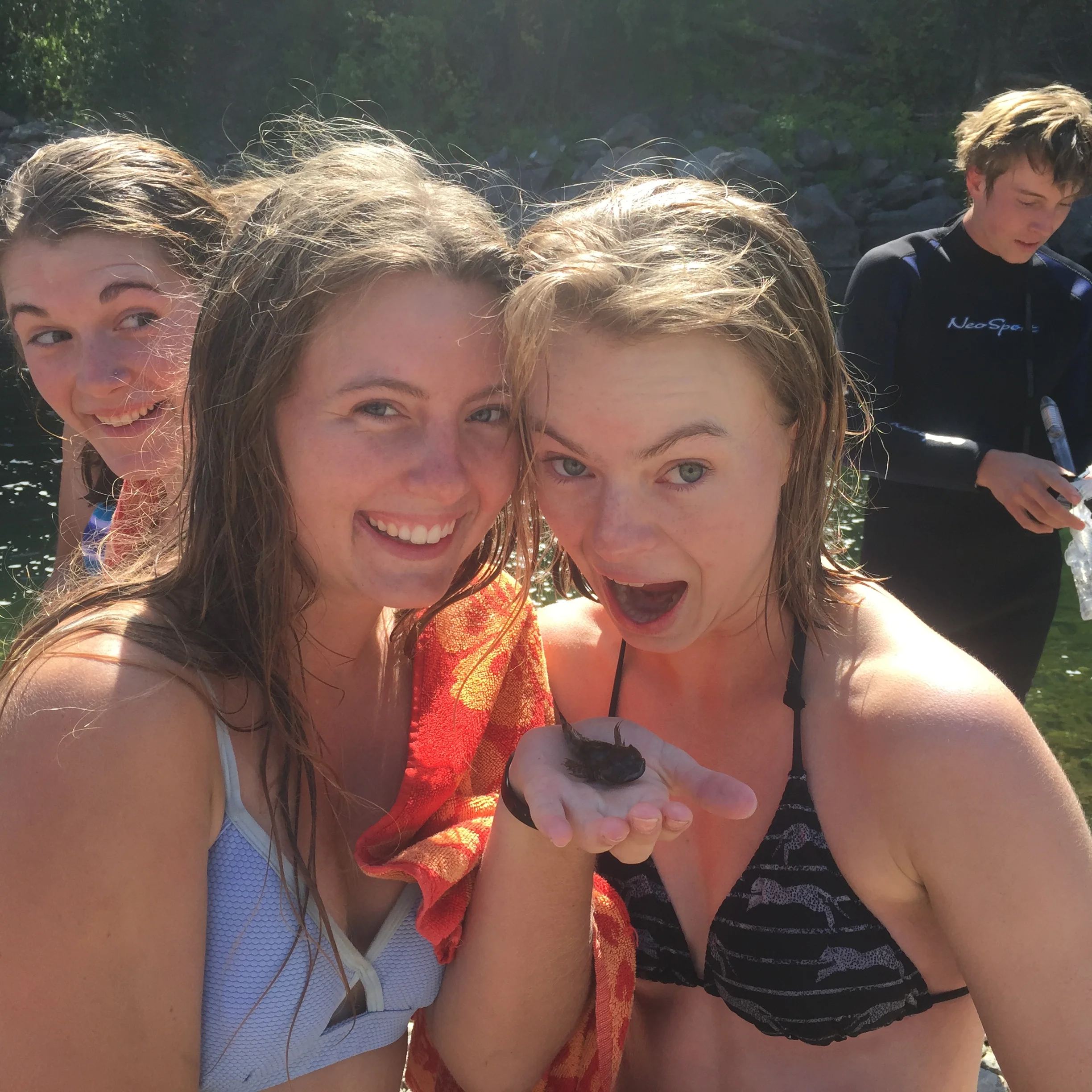
Marveling at a Sculpin on the Methow River
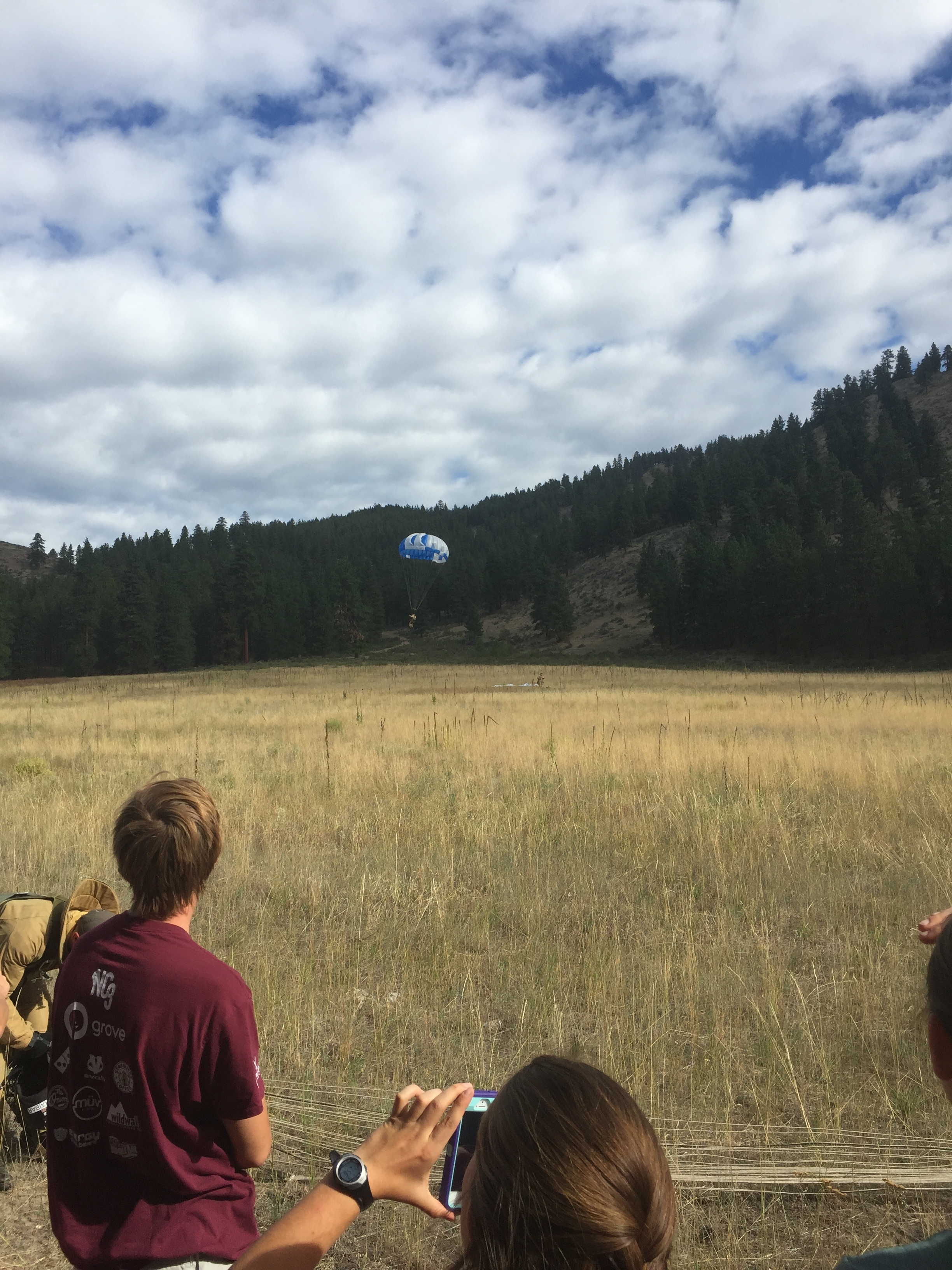
Smokejumpers drop in on our last morning in the Methow
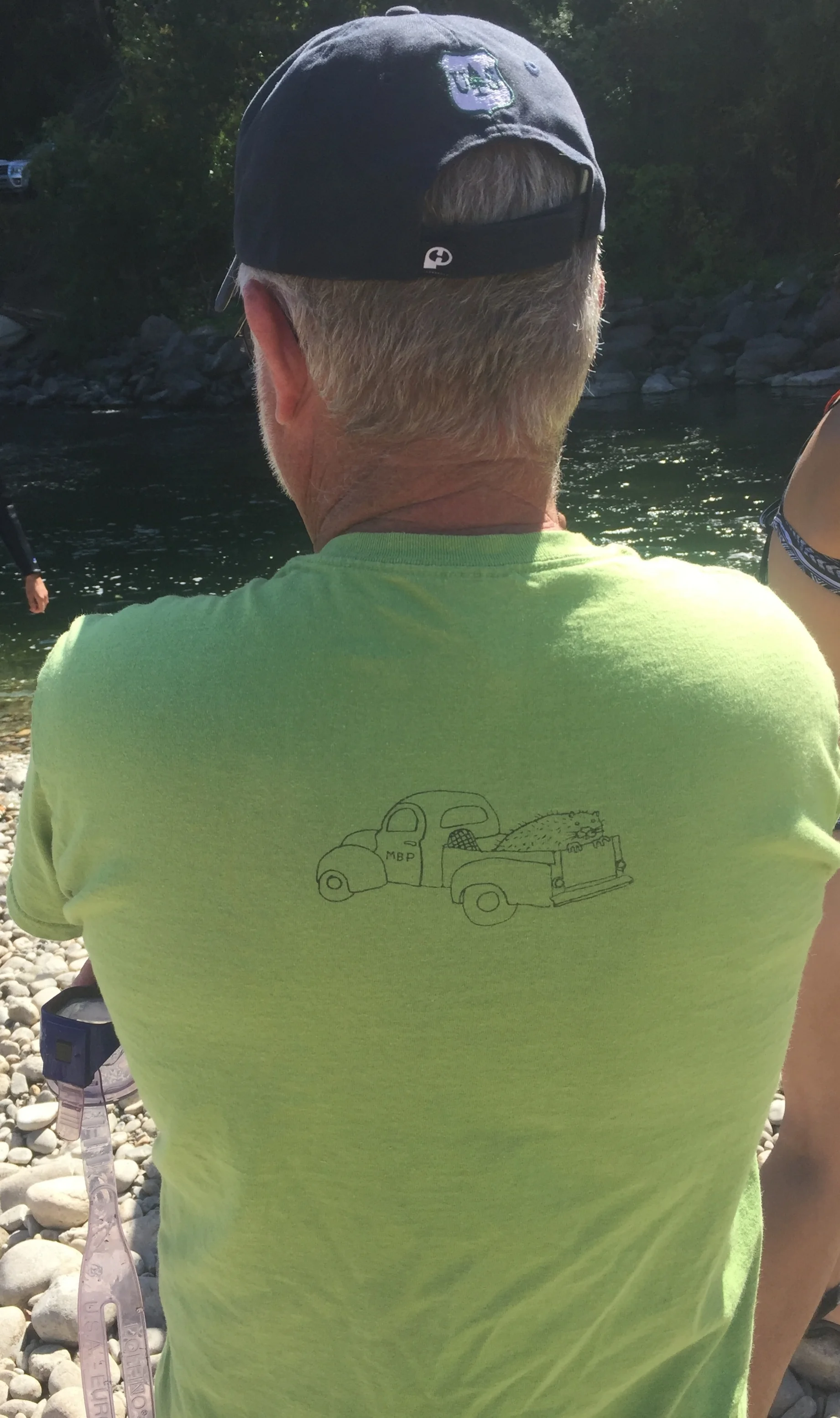
Beaver Believers have the best shirts

Maggie washing dishes on Starvation Ridge
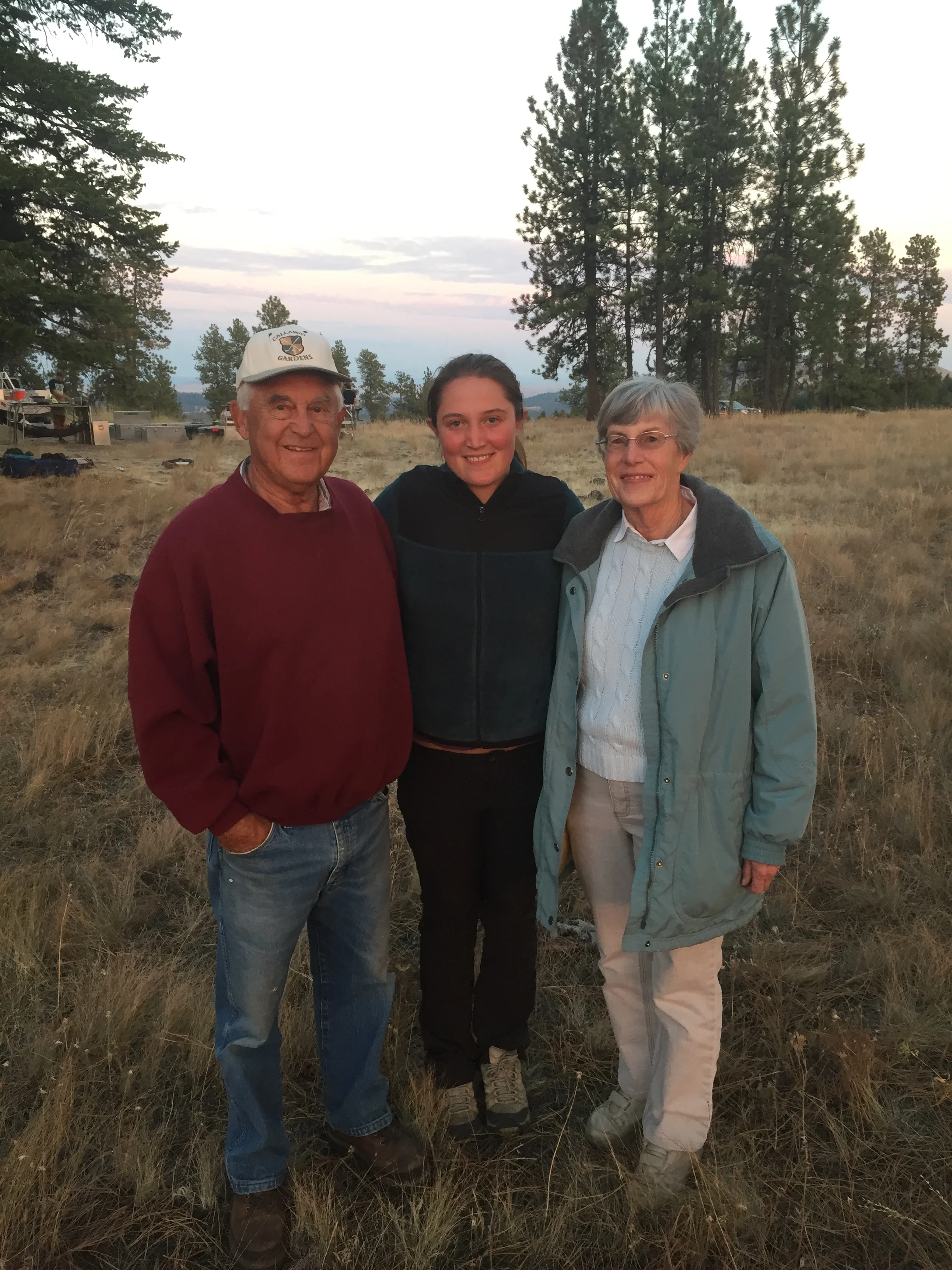
Willa with her grandparents, Dale and Lou

Our groovers, Grace and Evan, at work
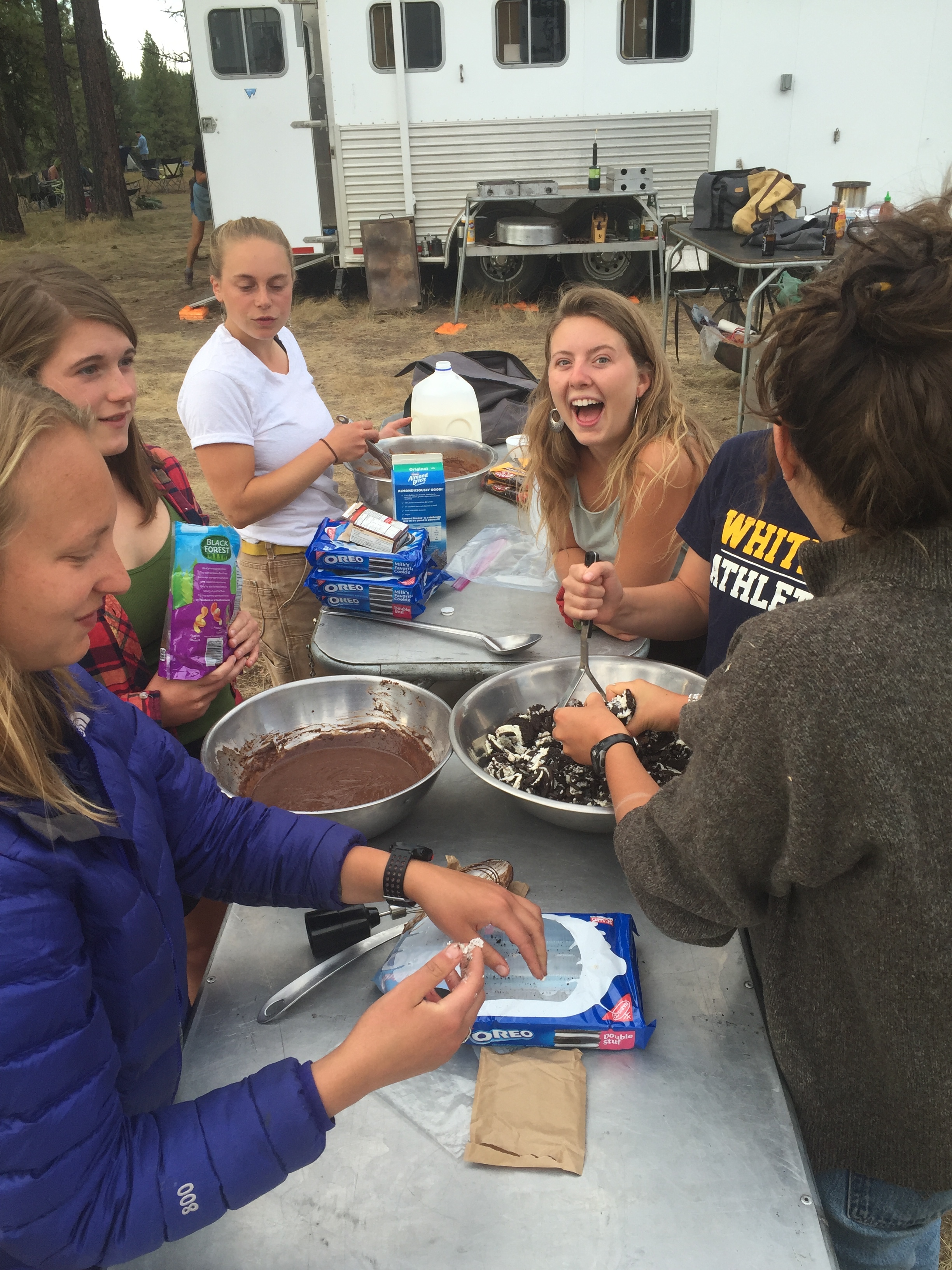
Making dirt cups for Fields's 19th birthday
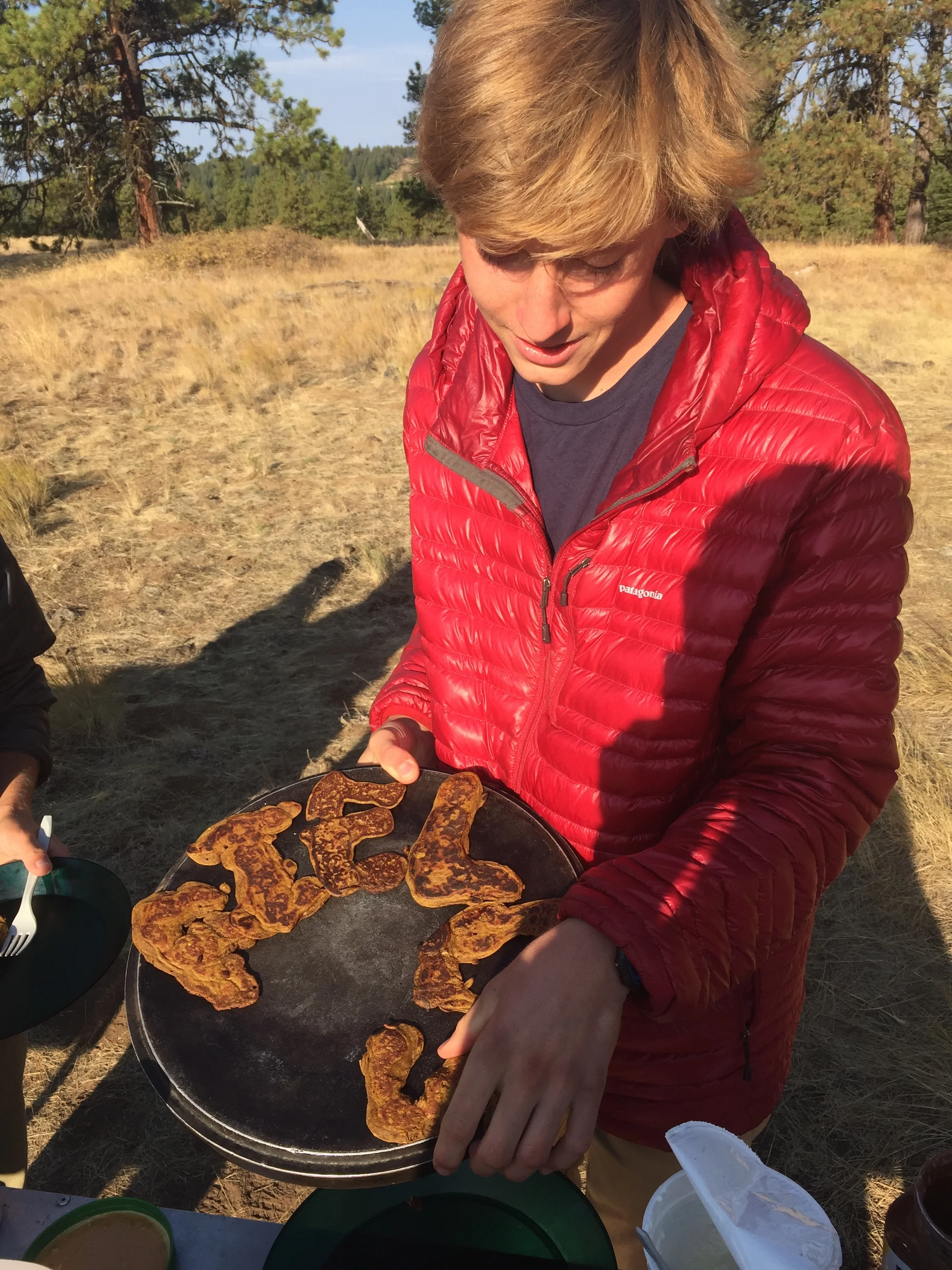
Birthday pancakes for Fields

Taking a peak at the Berkely Pit
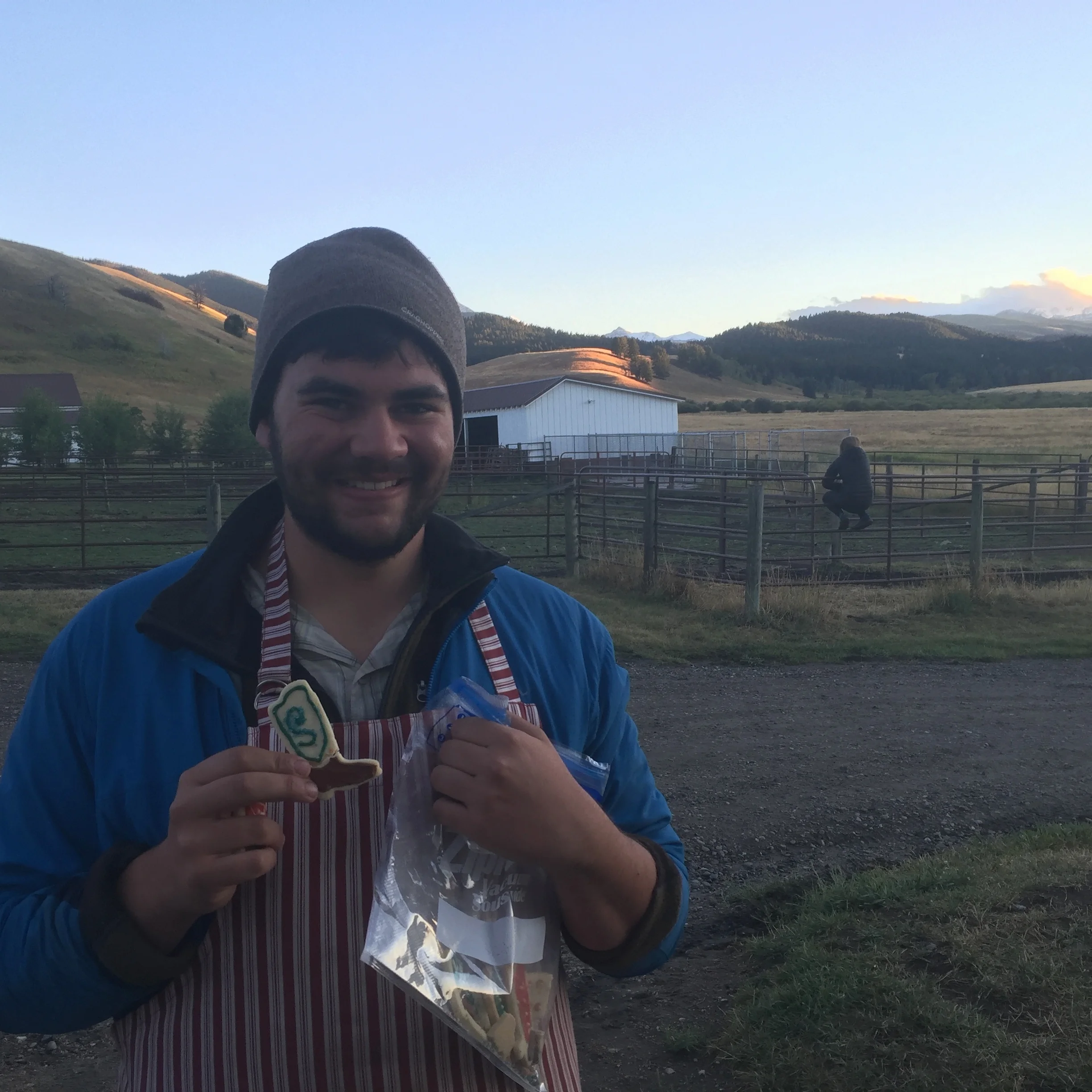
Evan poses with his cowboy cookies

Thomas practices his photography at the Flying D
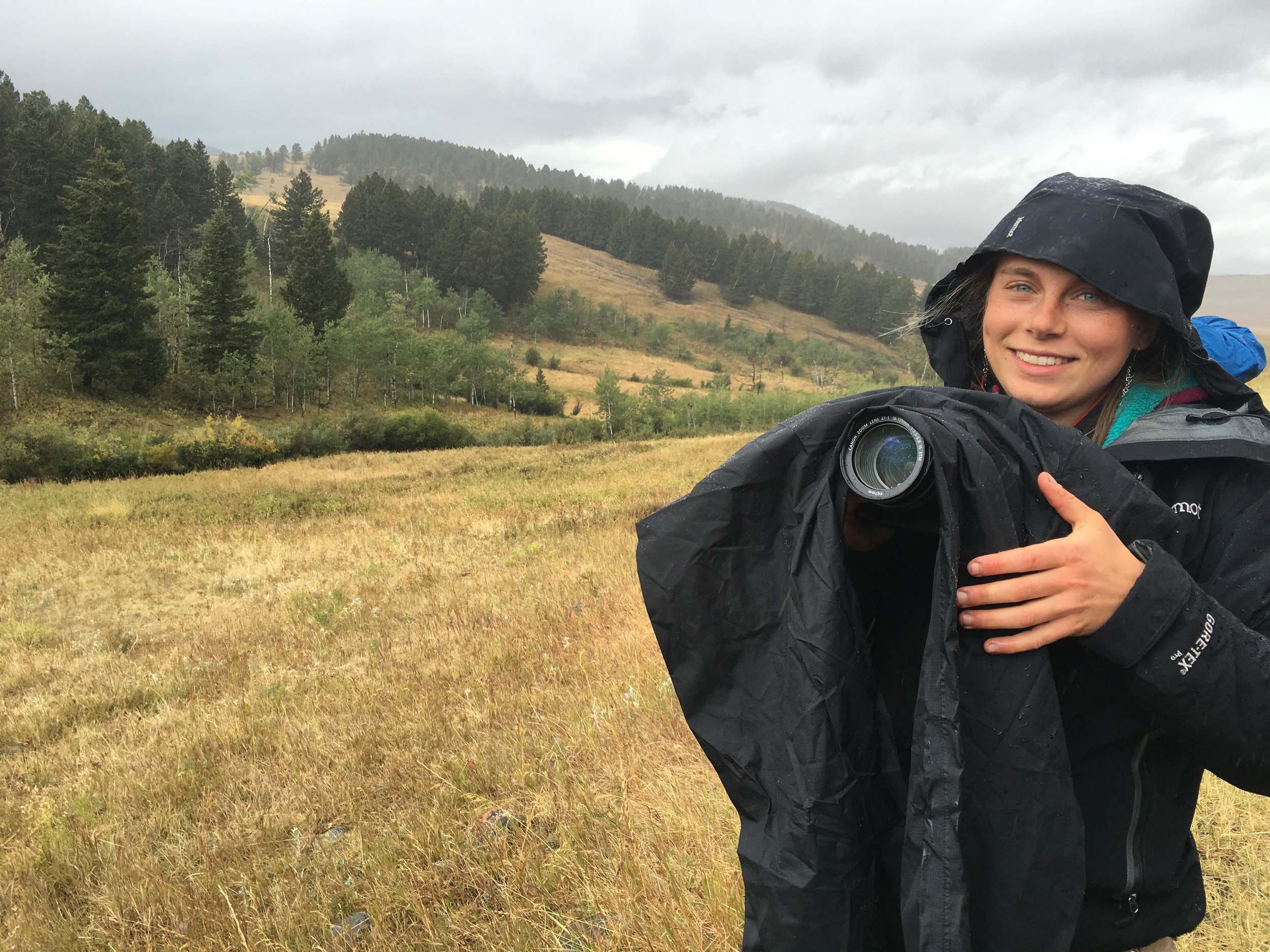
Neither rain, sleet, snow or hail can keep Abby from taking photos
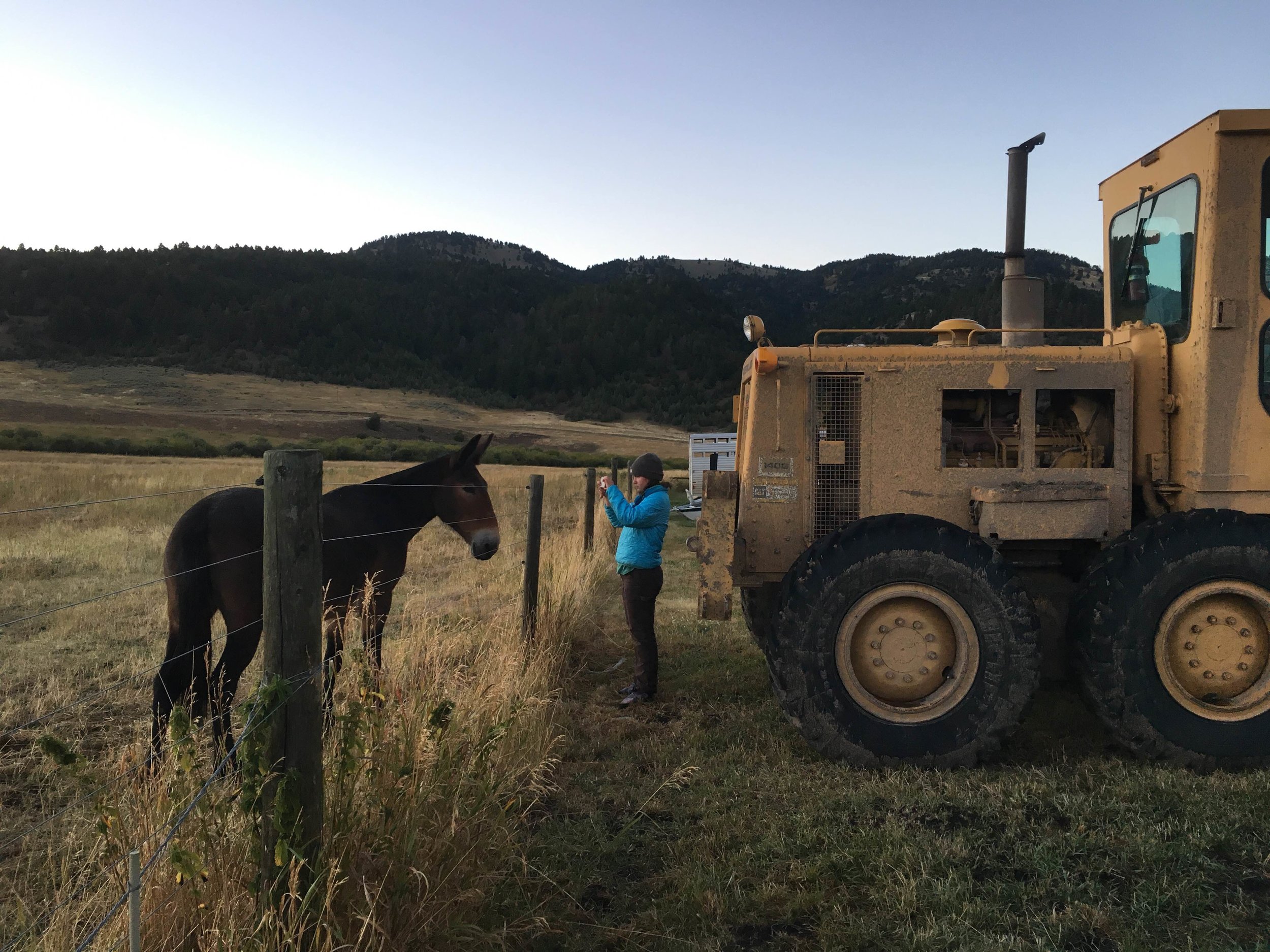
Hannah Trettenero shares a moment with a mule at the Flying D Ranch
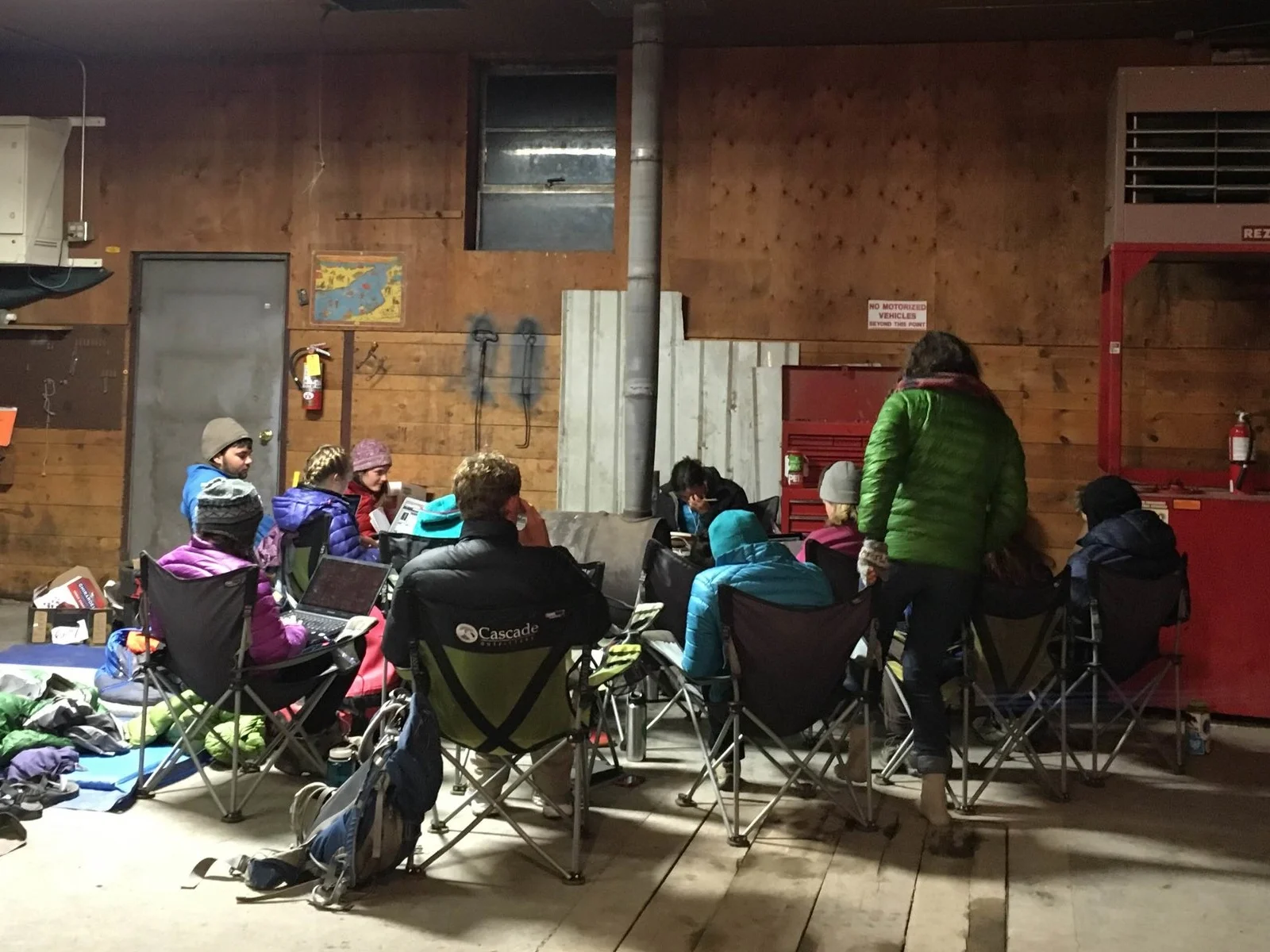
Westies stay warm around the wood-fired furnace at the Flying D Ranch



















